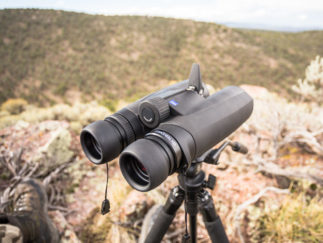
Good glass, be it binoculars or a spotting scope, will allow the hunter to “cover ground” without climbing a ridge, or diving into every drainage.
As a hunter in the Midwest, it took me some time, at least so far, to fully realize the value of quality optics.
But once I began using quality optics, I gained a new perspective – literally and figuratively.
Now, when I’m going to hunt elk in the mountains of Colorado, I’m going to rely on my optics more than ever.
Whether sitting on a ridge, looking across the valley at another mountain face, or studying maps and satellite imagery. It can be difficult to assess the distance and effort required to get from “here” to “there”.
Using optics can help locate, identify, and judge animals from afar – without exerting time and energy to cross difficult terrain.
The problem with optics is that there are so many brands, price points, models, and specifications; it can be hard to evaluate exactly what fits your needs (and budget) best.
I’m not an expert when it comes to all-things-optics, but I have had an opportunity to test a fair amount of binoculars, and have set behind more than a few spotting scopes.
When it comes to choosing optics for elk hunting, here’s what I wrestled with, and ultimately what I decided upon…
Binoculars
Selecting a magnification is probably one of the first considerations that hunters make when looking at binoculars, with 8x and 10x being the most popular choices.
Eight-power seems to be quite popular, but many western hunters have stepped up to 10x to see further. However, higher magnification comes with some potential downsides.
Larger binoculars are usually heavier and larger, but more importantly typically offer less field of view, and typically don’t perform as well in lower-light conditions.
The field of view is a critical factor for me. What this boils down to is not how “close” an object appears through the optics (magnification), but how much of an area is in view through the optics lens.
When I’m using optics, I’m not just scanning open hillsides for animals that are fully visible, and unobstructed. It’s more common that I’m using binoculars to search through patchy or varied terrain.
I’m not looking for a whole animal, but just an antler, a patch of hiding, or a slight movement.
Sure, more magnification can help me get “closer” to these details, but it also means that I’m going to spend more time scanning because the amount of ground that I see in a stationary view is diminished.
The higher the power, the less you see!
There’s a tradeoff to be made, and I like being able to see “more”, rather than seeing “close”, so that’s one reason I’ve decided to use 8x binoculars.
The second and equally important reason that I’ve chosen 8x binoculars is that I see much more clearly through them. This has little to do with the optics, and everything to do with me! I’m simply not very stable with higher-magnification binoculars.
And because I’ll often be using my binoculars in this “on the go” fashion, being able to control them from a freestanding position is very important to me. There are plenty of people that will disagree with my choice. In fact, I’ll give you one reason (of many) that you should disagree with me! You have to understand that there’s only one reason I’m using optics, and that is to locate elk. I’m not trying to find a particular bull or judge a bull’s rack to determine if would score 335 vs 340. I just want to locate elk, analyze their surroundings, and see if they are approachable. That’s it. If judging trophy class is one of your needs, then it makes complete sense to need more power! Speaking of power… Spotting scopes will enable you to spot animals from over a mile away. These powerful optics are invaluable for summer scouting trips in the mountains, but are they worth packing in during the hunting season? Well, that depends! If I were going on an early season hunt, when the bulls are often feeding above the tree line and haven’t yet become consumed with gathering or protecting cows in their harem, then I would definitely be packing a spotter! Using a spotting scope can help you locate a bull, and potentially observe his predictable summer-pattern behavior, and then move in for a stalk. But for the last week of the archery season, when bulls will be obsessed with cows, and likely be spending less time in the open, I’m debating whether or not a spotting scope and tripod are worth the weight. If I were using a classical (aka, “big” and “heavy”) spotter, then I would definitely leave it behind. But my spotter of choice – the Minox MD50 – is so lightweight and compact, that it’s barely a burden in the pack. I’ve been using the MD50 for a while now, and I have been extremely impressed with the quality and power of the optics for such a lightweight, compact, affordable package. At only 21 ounces, this spotter provides 16x-30x magnification, so it is a tiny powerhouse.Spotting Scopes


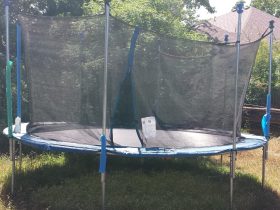


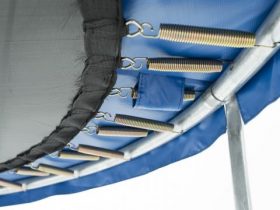
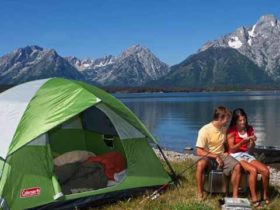

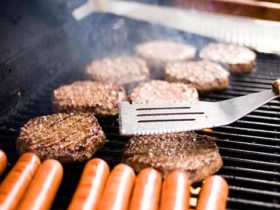
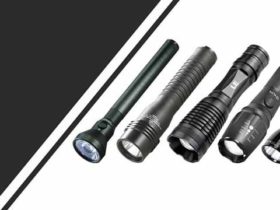
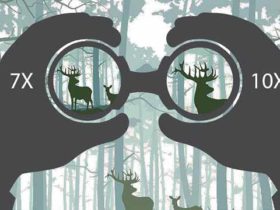
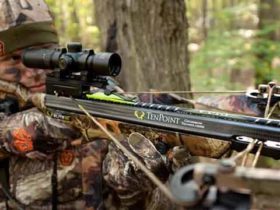
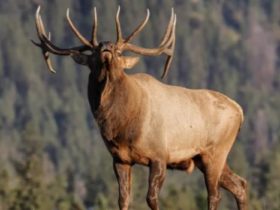
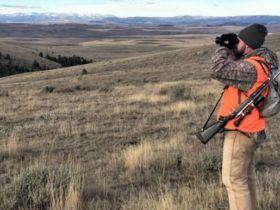
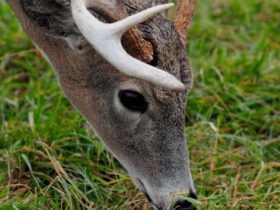
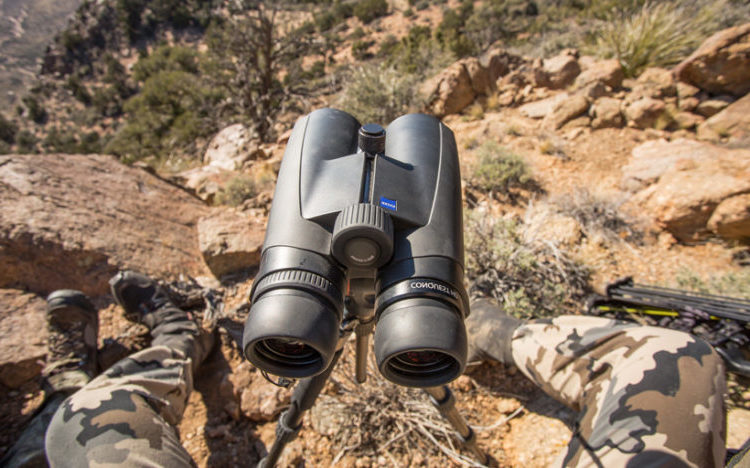
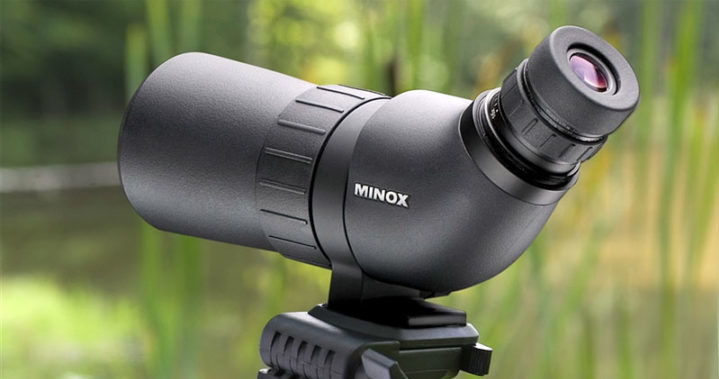




Leave a Reply
View Comments